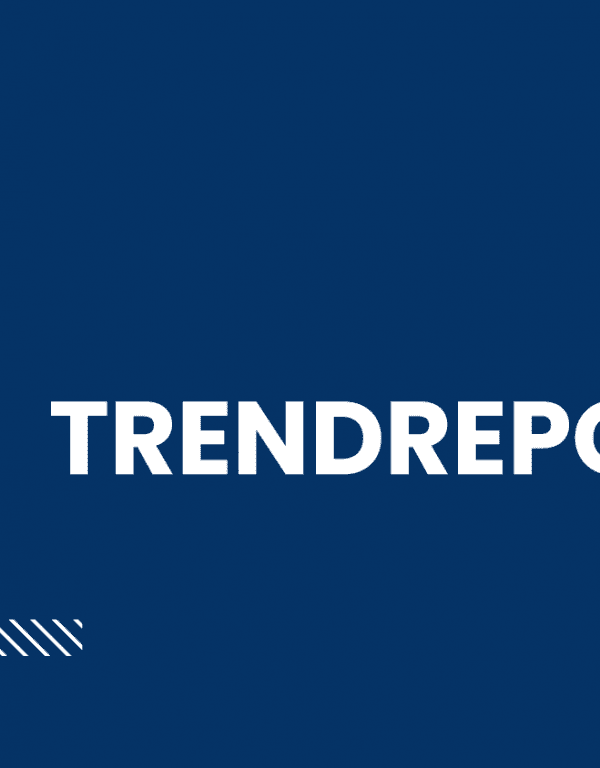
(This post originally appeared on CommPro.biz: http://www.commpro.biz/investor-relations/selling-forbes-tells-us-state-business-media/. The companion piece can be found here)
Forbes Media, publisher of Forbes and other magazines, is running into roadblocks as it seeks to sell the company. Working with Deutsche Bank, Forbes was pursuing international companies to purchase one of America’s premier business publications. The problem: Germany’s Axel Springer SE says it is no longer involved in the bidding process while Singapore’s Spice Global Investments Pvt has “removed itself from the process” and China’s Fosun International Ltd. hasn’t held active talks for “some time,” according to a recent Bloomberg article, a Forbes competitor.
At the time when bids were due, New York Times media columnist David Carr, provided some insight in a column entitled, “Foreign Buyers Eying Forbes Magazine, a Chronicler of the World’s Wealthiest.”
Given the limited interest in acquiring a well-known global brand, here are some lessons learned, gleaned from the article and our experience:
- Establishing a strong brand is important but outsiders may not find enough value in it. Unquestionably, Forbes has a strong presence and brand awareness, including its annual Forbes 400 issue in October. Its journalism is respected and the magazine and its website continue to be relevant. But brand may not be enough – certainly at the price Forbes’ current investors and family are searching for. It may be worth noting that McGraw-Hill sold BusinessWeek to Bloomberg for a reported $5 million along with the assumption of $10 million in liabilities in 2009; and Newsweek, a once equally strong media property, was sold for $1 and the assumption of $40 million in liabilities in 2010.
- Standalone magazine companies are at a disadvantage to conglomerates that can spread costs and profits across a family of magazines, according to Carr. For the most part Carr is right — but Forbes actually publishes several other titles — ForbesLife, Forbes Europe, Forbes Asia as well as 29 international editions. (It’s probably not a good time to purchase advertising in Forbes Russia, Forbes Ukraine.) Forbes also runs a very popular website (more on that below) and RealClearPolitics.com family of website. Our point is: it’s not just publishing a range of publications — it’s publishing magazines that reach a range of readers. After all, if you put all your eggs in one high-value Birken bag, when advertisers pull back on your demographic, you could get hit 29 times.
- Sometimes selling isn’t a matter of making money but in preventing additional losses. The estimated asking price for Forbes is between $250 and $400 million. Elevation Partners paid $264 million for a minority stake — so their portion is likely underwater. Carr says the Forbes family is unlikely to make money from the sale. The question becomes: why sell? Seems clear that the reason is that it continues to be tough for media companies to build value.
- The value shoring up Forbes is not its popular website — but its conference division. The publication is probably generating tons of revenue from its growing number of conferences, including luxury cruises offering insights and access to top stock pickers. Conferences have re-emerged for Forbes and other publishers as a profit generation tool. Conferences may have been a difference in the valuation of BusinessWeek for $5 million (and the assumption of debt) when it was acquired by Bloomberg. The same for Newsweek, which had no conferences and was sold for $1 and the assumption of debt. The bottom line lesson: perhaps leverage a successful conference series and turn that into a multimedia property (which is what TED is doing).
- Forbes could generate more money by establishing a paywall around its content. Carr makes the point that others news outlets — including the Times and Wall St. Journal — have successfully boosted revenue by establishing paywalls around their content. Yet Forbes.com aggressively promotes the website in a bid to generate views that can translate into higher revenue. It has been very successful in developing a community of columnists (many of them people trying to position themselves as thought leaders). The bottom line here: there’s still no single, accepted way to generate sustainable revenue online — neither free access (and higher revenue from advertisers) or paywalls (and subscription fees from access) are really replacing print advertising revenue that will never return to pre-mobile/digital levels.
- Circulation is holding steady but it may not generate steady revenue. Last year, Forbes was offering print subscriptions for $10 — that’s a steep discount from prior years. Keeping circulation high is important to advertisers (and the amounts you can charge them) but discounting clearly hurts profits. And constantly discounted subscription offers tell advertisers the circulation figures may be clogged with subscribers who don’t spend much time reading the magazine.
- Forbes is very creative in finding revenue. It’s been a leader in pushing advertorials. It can sometimes feel like a 1/5th of the magazine is devoted to advertorials. But more significantly, Forbes is a pioneer in native advertising through its BrandVoice section on the website and in the magazine. Here’s how Forbes describes it: “Forbes BrandVoice™ is an integrated and by-invitation content-sharing platform …(that) is an innovative approach to integrating marketers’ content with Forbes’ editorial and users’ content — allowing marketers to demonstrate their thought leadership on the Forbes platform using the same tools as content creators.” What does it take to receive an invitation to be a Forbes BrandVoice partner? We’ve heard estimates of $800,000 in annual advertising just to get to the point of discussing BrandVoice. (In other words, BrandVoice spending is on top of a company’s annual advertising buy.)
- Not all ways of charging access are reader friendly. While Forbes doesn’t charge to access its website, it does charge for iPad access even if you’re already a print subscriber. Print subscribers still have to pay $9.95 for an annual iPad subscription. When you consider Forbes’ $10 print subscriptions price, charging $9.95 to access the iPad version is the equivalence of a 100% tax increase.
Carr makes the point that it’s ironic that a magazine with a strong heritage of America-first is now being sold to an international company. I agree — but I also think that the sale (likely to an Asian company) makes sense because Forbes is more likely to be seen as a trophy property for companies based in Asia than anywhere else in the world. And yet, so far, interest from any part of the world seems less than anyone might have expected.
What Carr doesn’t discuss or speculate is how an international owner will change Forbes. For that, stay tuned.



